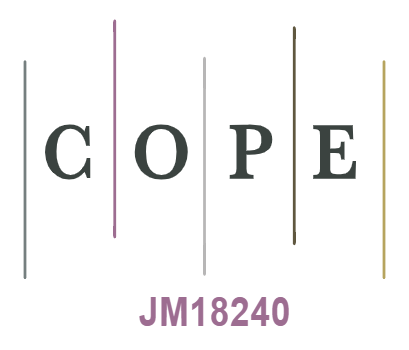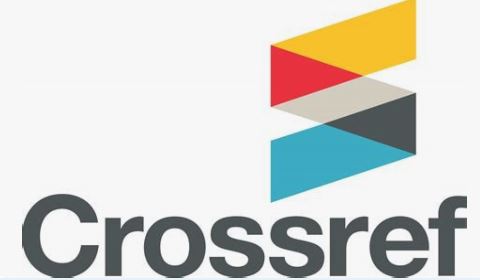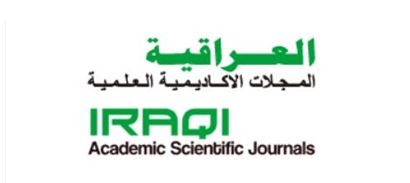Childhood Lymphoblastic Lymphoma: Hospital Based Study.
DOI:
https://doi.org/10.32007/jfacmedbagdad.564541Keywords:
Lymphoblastic lymphoma, children, outcome.Abstract
Background: Lymphoblastic lymphomas (LBL) are neoplasms of precursor T cells and B cells, or lymphoblasts. The term lymphoblastic lymphoma has been used to describe predominantly lymph node– based disease; however, clinical distinction between LBL and acute lymphoblastic leukemia (ALL) has been arbitrary and has varied among different studies and institutions
Objectives: To determine the frequency of LBL among all Non-Hodgkin’s lymphoma (NHL) patients in children and to study the clinical and pathological features of LBL and assess the treatment outcome.
Methods: A retrospective study included 28 children with newly diagnosed LBL (based on morphology) below the age of 14 years over 8 years period from January 1st, 2000 to December 31st, 2007 All the patients except one were treated by modified Medical Research Council UK National Randomized Trial For Children and young Adult with Acute Lymphoblastic Leukemia (MRC UKALL) regimen, one patient was misdiagnosed as B-cell NHL and treated with United Kingdom Children’s Cancer Study Group (UKCCSG) Non-Hodgkin’s Lymphoma protocol.
Results: LBL forms 28/376 (7.1%) among NHL diagnosed in Children Welfare Teaching Hospital (CWTH) in the same period. The median age was 8.95 years (range 2 to 13.25 years) with male to female ratio of 3.7:1. Lymphadenopathy was present in 22 (78 .6%) of patients. The median duration of onset of symptoms was 7.25 months (range 1 week to 18 months). In response to treatment, 20 (71.4%) patients achieved complete remission (CR), 1 (3.6%) died during induction and 7 (25%) patients were non-responder (4 died and 3 abandoned). Of the 20 patients who achieved complete remission (CR); thirteen (46.4%) remained in continuous complete remission with a median follow up of 32.3 months, 3 (10.7%) patients died while in
CR in an average of 16.6 weeks, 2 (7.1%) patients abandoned treatment and 2 (7.1%) patients relapsed.
Conclusion: The study showed a low frequency of LBL in comparison with other studies which might be due to inadequate diagnostic facilities which differentiate LBL from other types of NHL, low survival rate might be due to advanced stages at presentation in addition to abandonment of treatment in some patients










 Creative Commons Attribution 4.0 International license..
Creative Commons Attribution 4.0 International license..


